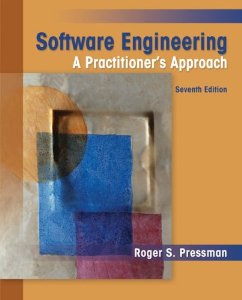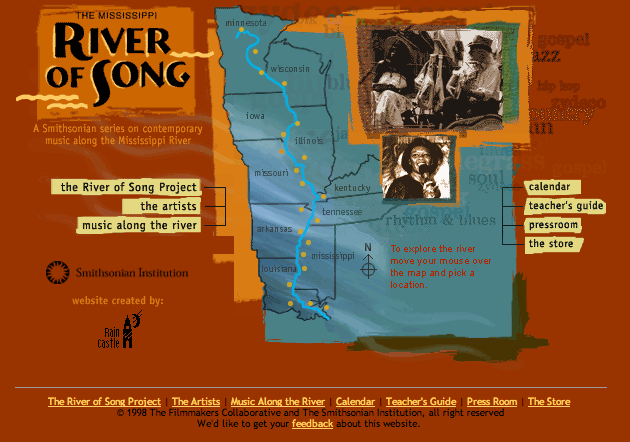A Sucker Born Every Semester
Between their ridiculous cost and the kickback shenanigans surrounding them, I've always hated buying textbooks. I've been buying college textbooks for 14 semesters now and every time I buy exactly what the professor tells me to buy. Only recently did I learn how stupid this is.
Last spring, I took a Software Engineering course. This was the required textbook.

The first warning sign was that the book had 1.5 stars on Amazon. You might initially blow that off and think that Amazon reviewers tend to give low ratings to dry reads like computer science textbooks. But in fact my last three textbooks all received more than 3.5 stars. Drilling down, I noticed the only 5 star reviews didn't mention the book's content at all (only that it was delivered promptly). The one 4 star review was from someone who had read an earlier version 20 years ago. The vast majority of reviews had 1 star.
What's worse is the book was over $100 and a used copy of the previous edition went for about $20. I'm lucky to have an employer that reimburses tuition, so textbooks end up being my only educational expense. What that means is buying the newest edition of a textbook instead of the previous edition raises the cost of my semester by 400%.
I explained my situation and the 1.5 stars to my professor. I wanted to make sure that the book was mandatory and we needed the 7th edition specifically. Instead of answering my questions, he simply responded, "The textbook is a great resource."
Screw it, I thought. Better not risk my grade over a few bucks. Anyway, the professor probably knows more than stupid internet people. Right?
I get the book and learn that the new edition is specifically "designed to consolidate and restructure the content introduced over the past two editions of the book." Okay, let me get this straight. I'm paying an arm and a leg for chapter shuffling?
I keep reading and get the sense that a lot of material is covered with a short-wikipedia-article level of depth (i.e. as opposed to the 17,000 words in Impalement). For instance, the chapter titled Process Models has about a page each on Waterfall, Incremental, Evolutionary, Spiral, Concurrent, Component-Based Development, and Formal Methods models. But I still have no clue how I'd use any of them.
I'm no expert on process models, however, so I try to find something I might know a little bit about: WebApps. Yea, styling web apps as WebApps is a bit strange, but I go with it. I then learn that Web 2.0 is an "emerging technology." Hmmm... really? "Web 2.0" was coined in 1999 and usage of the term started to dwindle a year or two before the book was published. I tell myself to stop nitpicking. And then I find the section called "Well-Designed Websites." It offers the following links:
- http://www.graphic-design.com/Web/feature/tips.html
- http://www.creativepro.com/designresource/home/787.html
- http://www.workbook.com
- http://www.pbs.org/riverofsong
- http://www.RKDINC.com
- http://www.creativehotlist.com/index.html
- http://www.btdnyc.com
Some of the links are dead. Others appear to have been neglected for about a decade. I laugh out loud when I click on the River of Song link.

I bet it was a mind blowing website. In 1998. Today, it's a great example of how not to design a website: tiny red on blue font, heavy image use in place of text, tables for layout, and a fixed 590px design.
The textbook was published in 2009. It's pretty obvious this stuff was added two editions ago.
Lesson learned
In the end, the course was great, but I barely used the textbook. There were no assigned problems. The assigned readings were pointless because exams were based mostly on class notes. Believe it or not, I actually enjoy reading textbooks (Artificial Intelligence: A Modern Approach was a joy to read!) and I usually keep them, but I'm not keeping this one. If you really want to read something by Roger Pressman, maybe check out his novel, The Aymara Bridge; it sounds pretty interesting.
I was often told by other students to never buy a textbook until you're absolutely sure it's needed for the course, even if you have to wait weeks to find out. They were right. The Amazon reviewers were right too. I'm going to start listening to their advice. I suggest you do the same.
Vote on HNDiscuss on Hacker News, you know, if that's like your thing.
Hitherto
Sneaking into Rohrer's Castle - Appendix: A Short GuideSneaking into Rohrer's Castle - Part 3
Sneaking into Rohrer's Castle - Part 2
Permalinks
Short: http://jere.in/5Pretty: http://jere.in/a-sucker-born-every-semester
